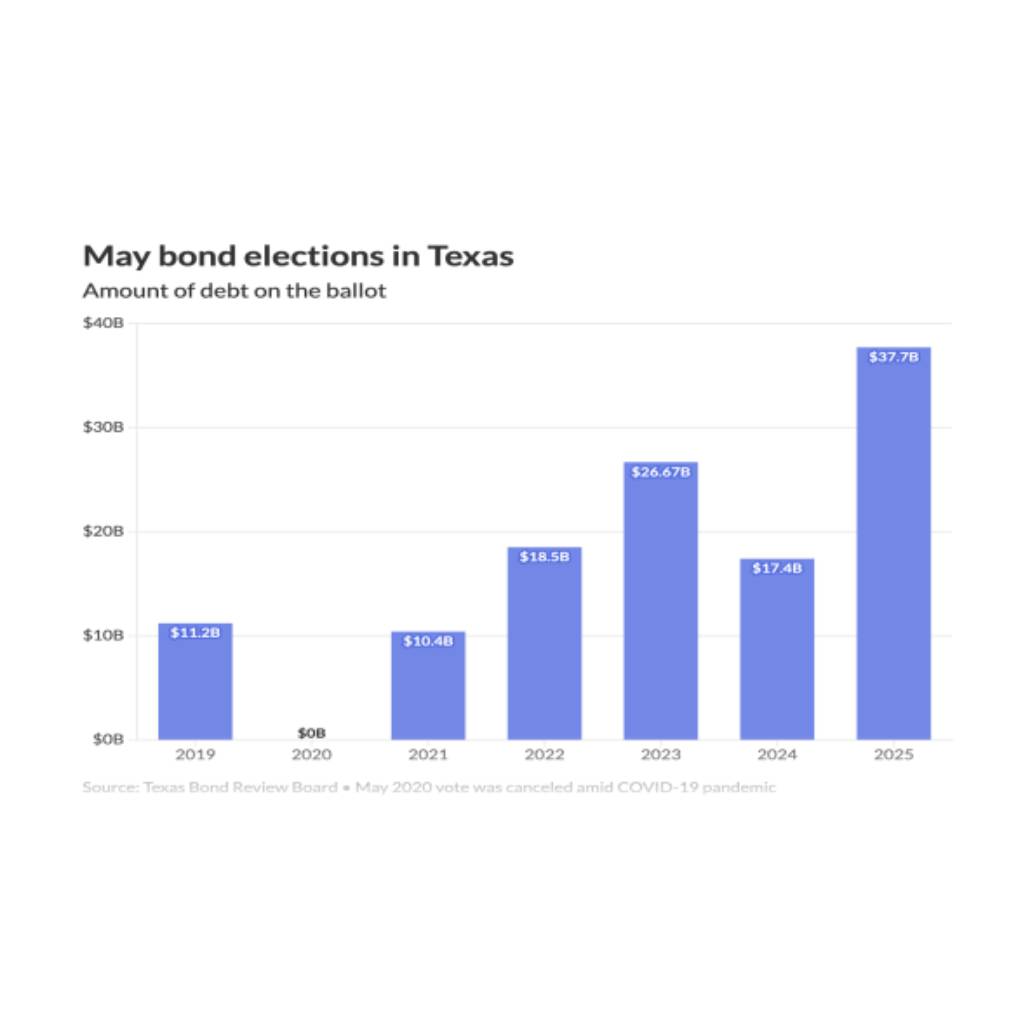Efficient collaboration and communication are vital for the successful execution of projects. In the realm of project management, engineering, and contracting, establishing effective teamwork and fostering a cooperative work environment is key to achieving project goals. A rating system plays a crucial role in promoting collaboration by identifying individuals who excel in teamwork and incentivizing positive interactions. By encouraging collaboration and enhancing communication, the rating system contributes to smoother project execution, minimizes conflicts, and boosts overall productivity.
Introduction
Successful project execution relies on effective collaboration and communication among project stakeholders. Whether it’s project managers, engineers, contractors, or other team members, working together cohesively is essential to achieve project goals and deliver quality results. A rating system acts as a catalyst in fostering collaboration by recognizing individuals who excel in teamwork, incentivizing positive interactions, and creating a cooperative work environment.
The Importance of Collaboration and Communication
Collaboration and communication are critical components of project success. They ensure that project stakeholders share information, align their efforts, and work towards a common objective. Effective collaboration enhances coordination, encourages knowledge sharing, and leverages the diverse expertise of team members. Strong communication channels promote clarity, minimize misunderstandings, and enable swift decision-making. Together, these elements pave the way for successful project outcomes.
The Role of a Rating System
A rating system plays a significant role in promoting collaboration and communication within project teams. It offers a structured framework for evaluating individual performance, with a specific focus on teamwork and collaboration skills. The rating system recognizes and rewards individuals who actively contribute to the success of collaborative efforts, fostering a positive team environment and enhancing overall project effectiveness.
Recognizing Effective Team Players
One of the key functions of a rating system is to identify effective team players within the project ecosystem. Through a comprehensive evaluation process, the rating system assesses individuals’ ability to work collaboratively, contribute to team goals, and support their colleagues. This recognition motivates individuals to actively engage in teamwork and cultivates a sense of shared responsibility for project success.
Incentivizing Positive Interactions
A rating system serves as a powerful incentive for positive interactions among project stakeholders. By linking performance evaluations to collaboration and teamwork, the system encourages individuals to actively seek opportunities for cooperation, knowledge sharing, and support. Recognizing and rewarding these positive interactions reinforces the value of collaboration and fosters a culture of teamwork within the project environment.
Fostering a Cooperative Work Environment
The implementation of a rating system contributes to the creation of a cooperative work environment. By emphasizing the importance of collaboration, the system establishes a shared understanding that teamwork is fundamental to achieving project objectives. This mindset encourages individuals to collaborate, share ideas, and pool their expertise to address project challenges. The result is a work environment where cooperation is valued, and team members are motivated to collaborate effectively.
Enhancing Communication Channels
Effective communication is a cornerstone of successful collaboration. A rating system supports and enhances communication channels within project teams. It emphasizes the need for clear, concise, and timely communication, ensuring that information flows smoothly among team members. Regular feedback and open dialogue become integral parts of the collaborative process, enabling project stakeholders to stay aligned, address concerns promptly, and make informed decisions.
Minimizing Conflicts and Improving Problem-Solving
Collaboration and communication supported by a rating system help minimize conflicts within project teams. By fostering a cooperative work environment, the system encourages open and respectful communication, reducing misunderstandings and conflicts that can hinder progress. When conflicts do arise, the emphasis on teamwork facilitates constructive problem-solving, allowing team members to collectively address issues and find solutions that benefit the project as a whole.
Boosting Overall Project Productivity
The combined effect of collaboration and enhanced communication, driven by a rating system, leads to increased project productivity. When team members actively collaborate, share knowledge, and communicate effectively, project workflows become streamlined, and tasks are executed with greater efficiency. The collective efforts of a well-coordinated team translate into improved project outcomes, timely delivery, and enhanced client satisfaction.
Conclusion
Collaboration and communication are the cornerstones of successful project execution. By implementing a rating system that recognizes effective team players, incentivizes positive interactions, and fosters a cooperative work environment, organizations can enhance collaboration and communication within their project teams. This, in turn, leads to smoother project execution, minimized conflicts, and increased overall productivity. By embracing the power of collaboration, supported by a rating system, project stakeholders can achieve outstanding results and deliver projects of exceptional quality.
FAQs
- How does a rating system promote collaboration within project teams?
A rating system recognizes and rewards individuals who excel in teamwork, incentivizing positive interactions and fostering a cooperative work environment.
- What are the benefits of effective collaboration in project execution?
Effective collaboration enhances coordination, knowledge sharing, and leverages the diverse expertise of team members, leading to improved project outcomes, streamlined workflows, and timely project delivery.
- How does a rating system improve communication among project stakeholders?
A rating system emphasizes the importance of clear and timely communication, creating a culture where open dialogue and feedback are valued. This enhances communication channels, minimizes misunderstandings, and promotes effective information sharing.
- What role does teamwork play in problem-solving and conflict resolution?
Teamwork facilitates constructive problem-solving by bringing together different perspectives, expertise, and ideas. It encourages collaborative efforts to address conflicts, find innovative solutions, and foster a harmonious work environment.
- How does collaboration supported by a rating system benefit project productivity?
Collaboration, incentivized by a rating system, leads to increased project productivity. When team members actively collaborate, share knowledge, and communicate effectively, tasks are executed efficiently, project workflows are streamlined, and overall productivity is enhanced.













